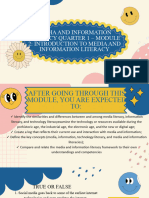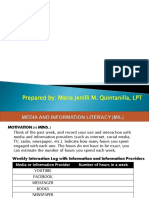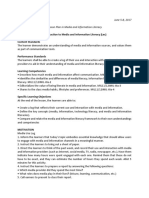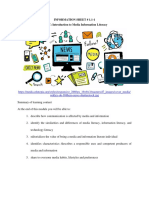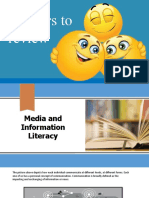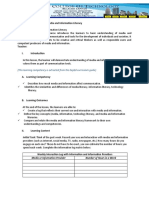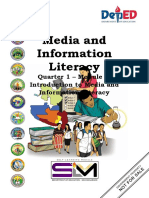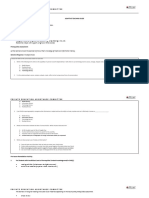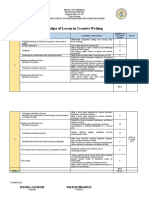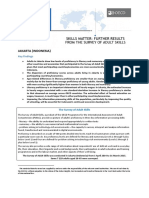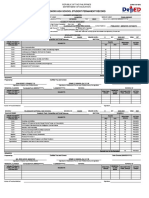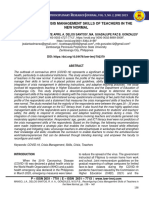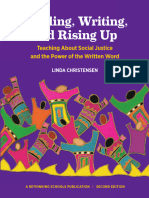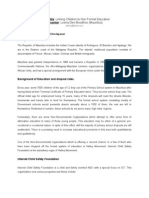0% found this document useful (0 votes)
196 views10 pagesMIL - Q1 - M2 - Week 2
This module introduces students to media and information literacy. It is designed to help students master the evolution of media and develop key competencies. The module will examine technologies from different eras and have students create a media use log. Students are expected to learn about media, information, and technology literacy concepts and frameworks. The weekly homework includes reflection activities to help students apply what they are learning.
Uploaded by
Bersan CayabyabCopyright
© © All Rights Reserved
We take content rights seriously. If you suspect this is your content, claim it here.
Available Formats
Download as PDF, TXT or read online on Scribd
0% found this document useful (0 votes)
196 views10 pagesMIL - Q1 - M2 - Week 2
This module introduces students to media and information literacy. It is designed to help students master the evolution of media and develop key competencies. The module will examine technologies from different eras and have students create a media use log. Students are expected to learn about media, information, and technology literacy concepts and frameworks. The weekly homework includes reflection activities to help students apply what they are learning.
Uploaded by
Bersan CayabyabCopyright
© © All Rights Reserved
We take content rights seriously. If you suspect this is your content, claim it here.
Available Formats
Download as PDF, TXT or read online on Scribd
/ 10
